Mountaineering Risk Management: In the Shadow of Danger
Knowledge Base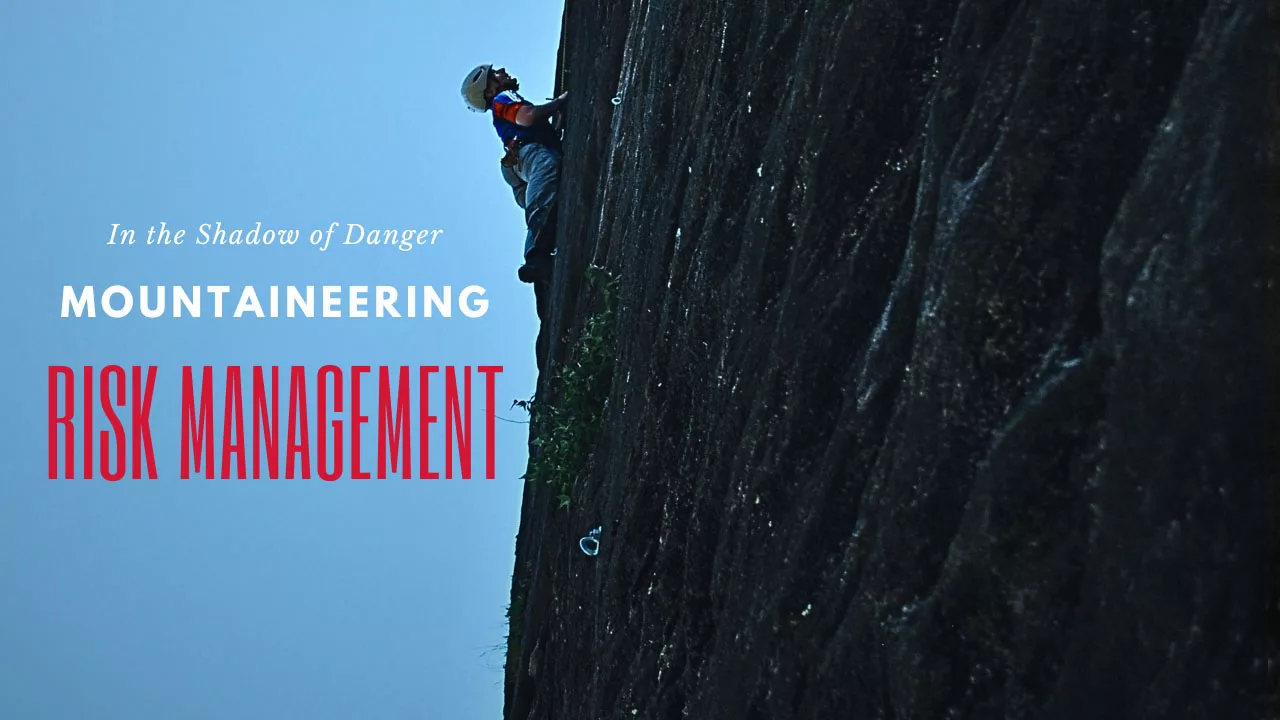
A Thrilling Journey through Mountaineering Risk Management.
Embarking on a mountaineering expedition is like diving headfirst into an exhilarating adventure, where you challenge yourself against nature’s most formidable peaks. But amidst the breathtaking beauty and heart-pounding excitement, there’s a critical aspect that separates the triumphant from the reckless: risk management. In this article, we’ll take you on a gripping exploration of risk management in mountaineering, revealing the secrets behind scaling great heights while keeping danger at bay.
The Edge of Probability and Consequence:
Imagine standing on the precipice of a thrilling decision, where probability and consequence converge. This visual representation will help us understand the risks involved in mountaineering:

The following graph shows the probability and consequence of a number of risks involved in mountaineering. The risks are ranked on a scale of 1 to 5, with 1 being the lowest probability and consequence and 5 being the highest.
The graph before you is a thrilling journey in itself. As climbers ascend on this graph, they venture into the territory of escalating probability and consequence. It’s a vivid reminder that mountaineering is a delicate dance with danger, where cautious steps and calculated moves are the keys to success.
Unveiling the Secrets of Risk Management:
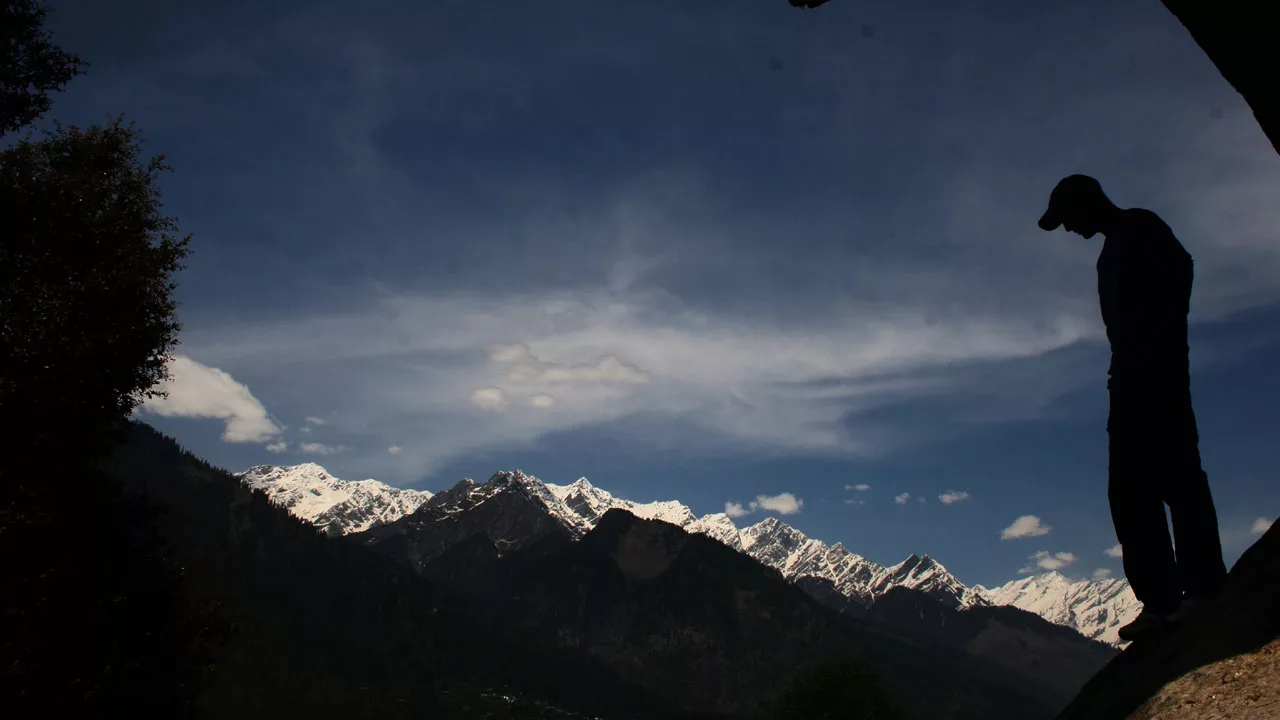
1. Dare to Assess:
Every mountaineering expedition begins with a daring assessment of the risks that lie ahead. From avalanches to rockfall and altitude sickness to unpredictable weather, each hazard must be meticulously identified, evaluated, and understood. Only then can climbers make informed choices and venture forth with confidence.
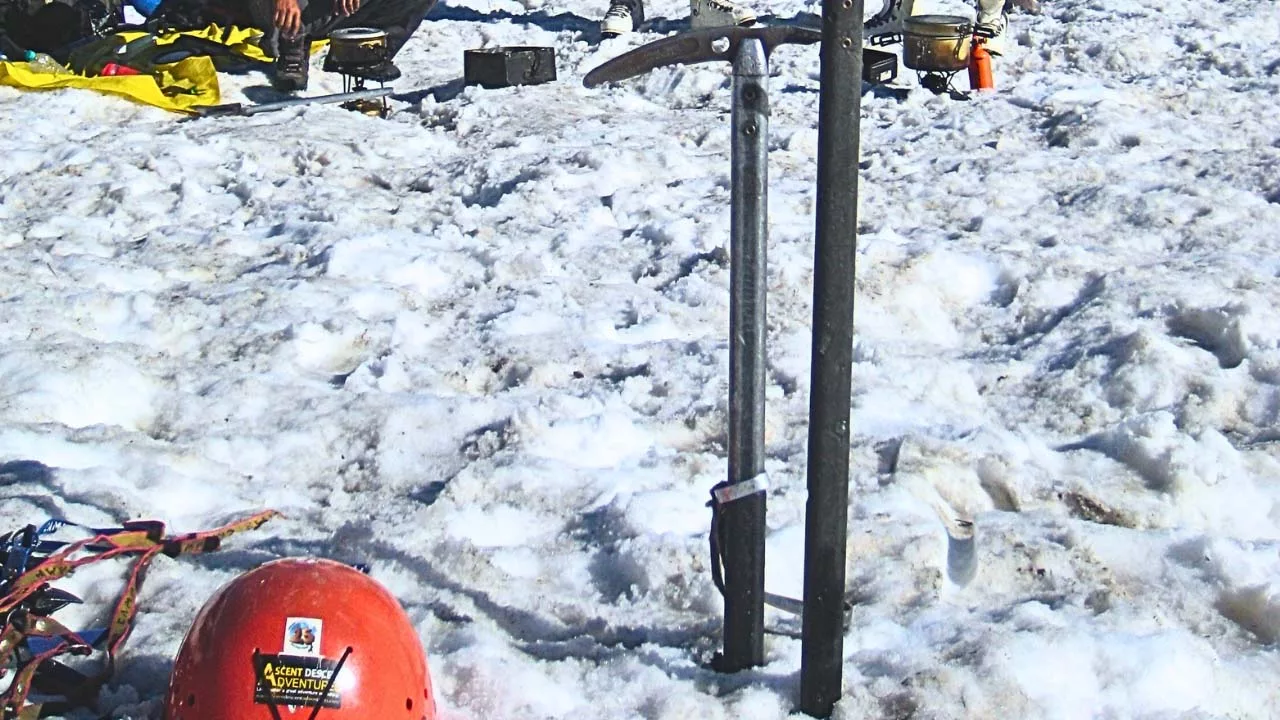
2. Unleash the Power of Preparation:
Behind every triumphant mountaineer lies an avalanche of preparation. Meticulous planning is the bedrock of successful risk management. Craft detailed itineraries, analyze weather patterns, scout route conditions, and prepare essential equipment. Invest time and effort in physical conditioning to tackle the challenges ahead. Remember, the more you prepare, the better you equip yourself to face the unknown.
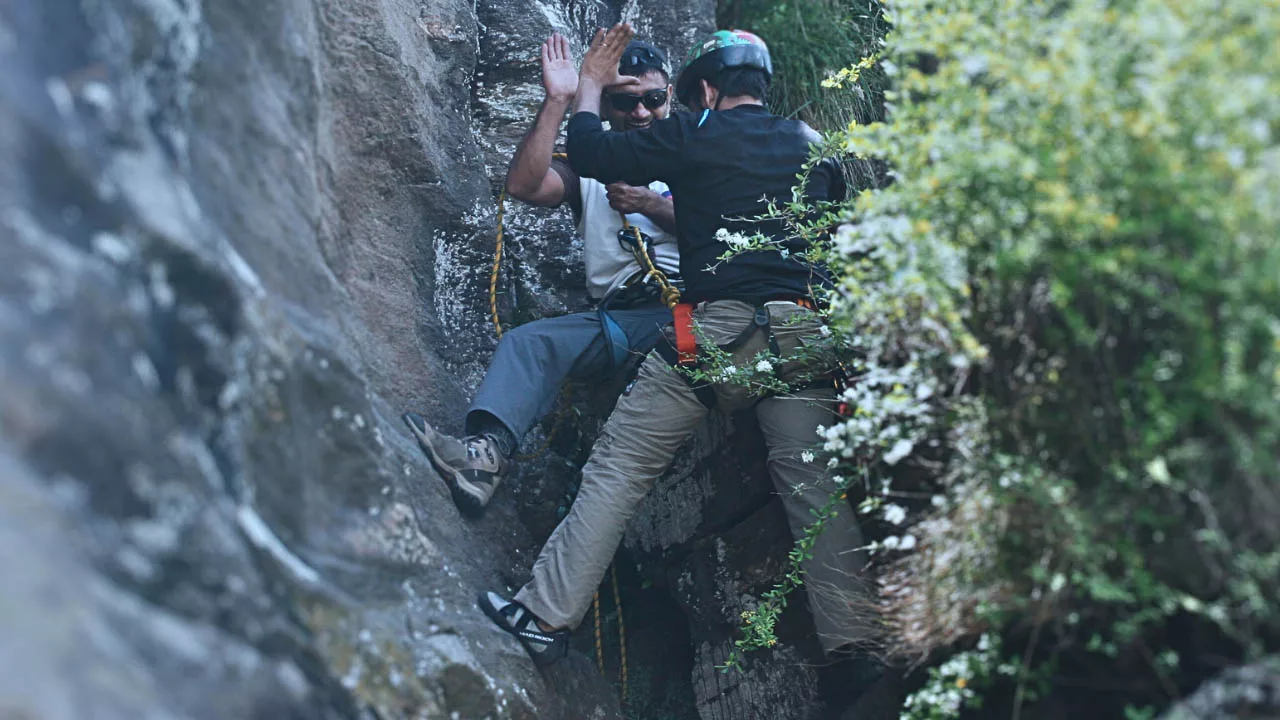
3. Team Up for Triumph:
In mountaineering, companionship is not just about sharing the joy; it’s about sharing the risks too. Forge strong bonds with your climbing partners, creating a unified front against adversity. Effective teamwork amplifies the power of risk management, enabling collective decision-making, providing critical support in dire circumstances, and multiplying the chances of a safe return.
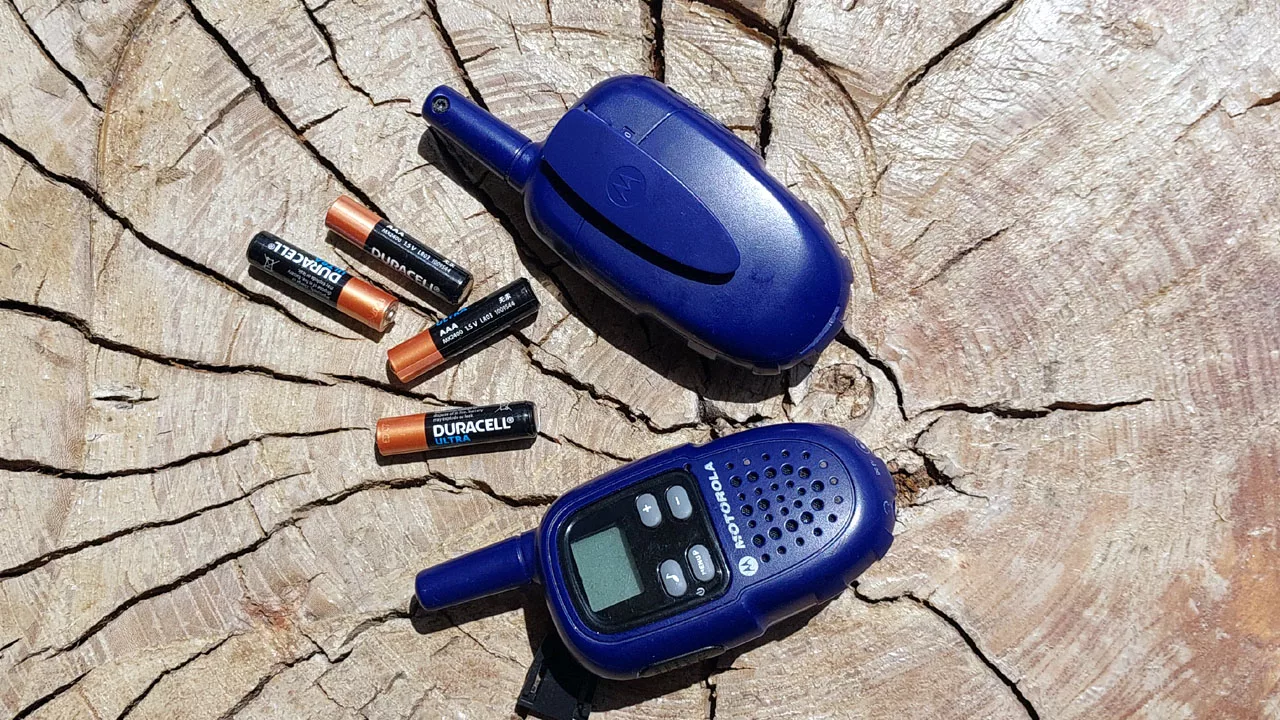
4. Crack the Code of Communication:
Amidst the thunderous roar of mountains, communication becomes your lifeline. Establish a seamless communication system within your team, using radios, satellite phones, or other reliable devices. Regular check-ins, clear protocols, and mutual understanding ensure that risks are promptly communicated, and decisions are made collectively, amplifying safety and camaraderie.

5. Master the Art of Environmental Reading:
Nature is a symphony of signals, constantly whispering its secrets. As a mountaineer, you must learn to read between the lines. Monitor weather forecasts, heed the advice of seasoned climbers, and be attentive to signs of change in the environment. By tuning in to these cues, you gain a vital edge in managing risks, making informed decisions, and adapting your plans to conquer the challenges that lie ahead.
6. Equip Yourself for Emergencies:
Adventures in the mountains are a playground for the unexpected. Despite meticulous planning, emergencies can strike like lightning. It’s your responsibility to be prepared. Arm yourself with first aid knowledge, learn rescue techniques, and acquire survival skills. Carry essential emergency equipment like communication devices, navigation tools, and emergency shelters. By doing so, you transform into a beacon of hope, ready to navigate through even the darkest moments.
Unlocking the Equation: Calculating Risk in Mountaineering
In the thrilling world of mountaineering, where adventure meets challenge, one must dare to face the unknown with careful calculation. But what is the formula for calculating risk in this exhilarating pursuit? Prepare to unravel the equation that lies at the heart of mountaineering risk assessment, just as E=mc² revolutionized our understanding of the universe.
Mountaineering Risk Calculation Formula:
R = P × C × E ÷ T
Risk = Probability × Consequence × Exposure ÷ Tolerance
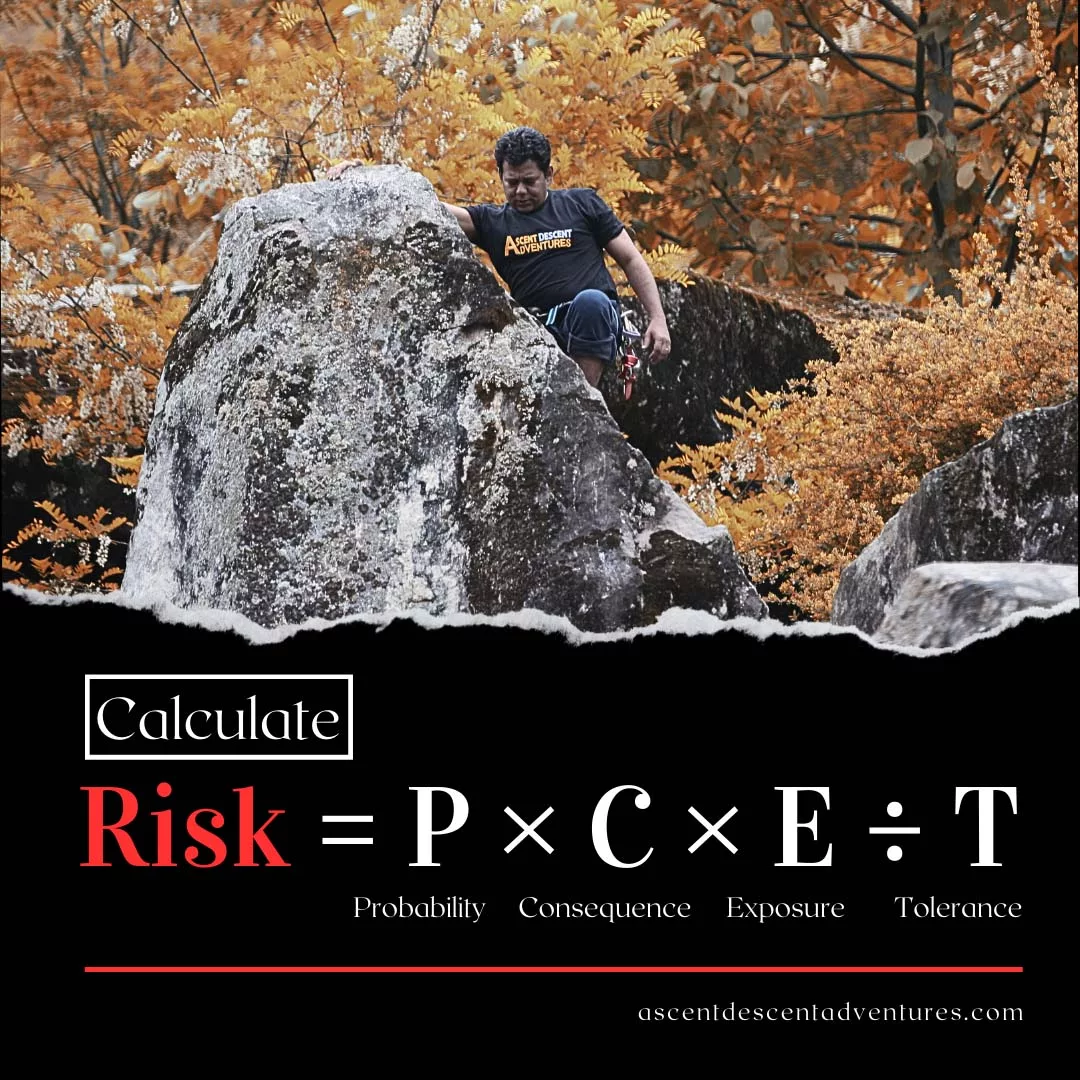
Now, let’s break down this formula step by step, exploring the thrilling components that make it come alive.
1. Probability (P):
The probability of experiencing particular dangers throughout your ascent is represented by the probability factor. It considers a variety of factors, including weather patterns, historical data, topographical conditions, and the difficulty of the planned route. Think of it as estimating the chance of your path intersecting with potential hazards.
2. Consequence (C):
Once you’ve assessed the probability, it’s time to consider the Consequence factor. This element measures the potential impact of identified risks. Will it be a minor setback, a significant challenge, or a grave danger? Evaluate the severity of consequences, including injuries, equipment damage, or the overall impact on the success of your expedition.
3. Exposure (E):
As you delve deeper into the equation, exposure steps into the spotlight. This factor reflects the duration and frequency of exposure to the identified risks. How long will you be traversing treacherous terrain? How often will you face potential hazards? The level of exposure directly affects the level of risk you’ll encounter along your mountaineering journey.
4. Tolerance (T):
The tolerance factor is a deeply personal element in the risk calculation equation. It represents your individual or group’s threshold for accepting risk. Are you prepared to push limits and take calculated risks, or do you favor a more conservative approach? Tolerance varies from climber to climber, based on experience, ability level, mental fortitude, and the expedition’s ultimate goals.
The equation synthesizes these essential components into a comprehensive risk assessment framework customized to the particular conditions of climbing by multiplying probability, consequence, and exposure and then dividing by tolerance.
But remember, this formula is merely a starting point. Mountaineering risk assessment is an art that requires constant refinement and adjustment. It demands your experience, knowledge of the mountain, adaptability, and a keen eye for changing conditions. Like skilled mathematicians, skilled mountaineers continually recalculate the risk equation to navigate their way to success while ensuring their safety.
Understanding Adventure Sports Accidents India
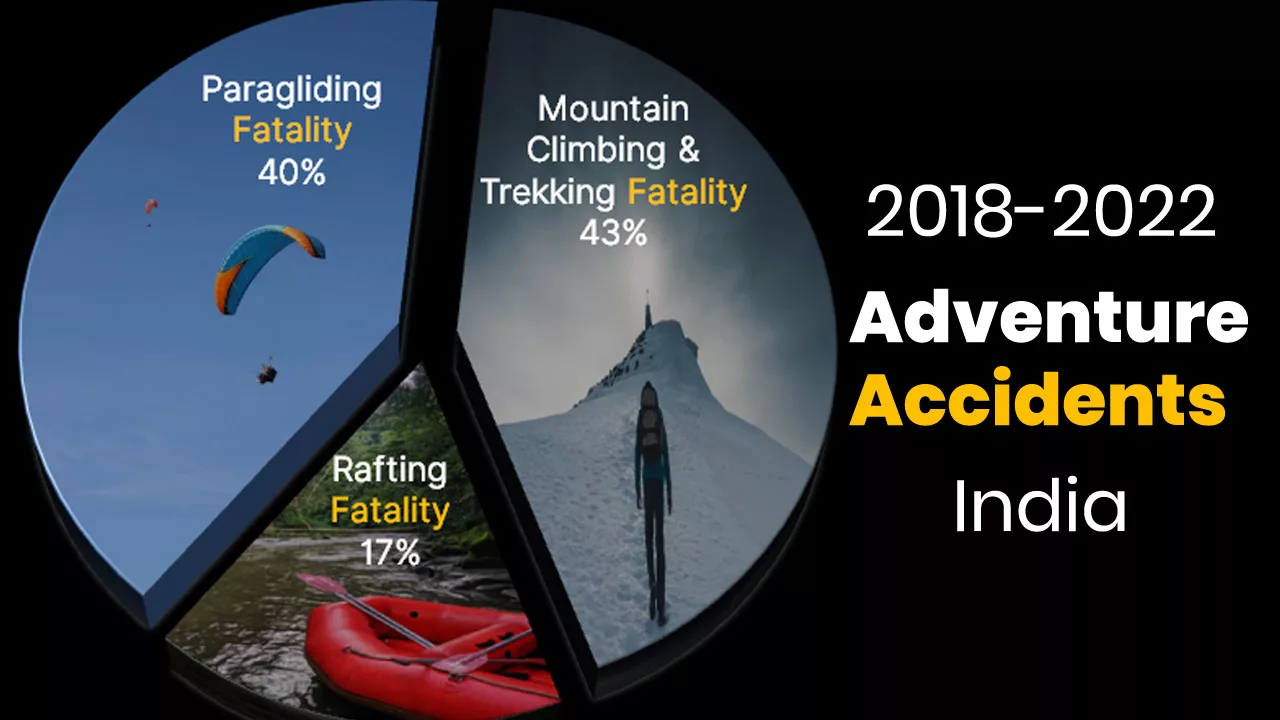
Hence: Risk Management
Risk management is the unyielding guardian of your mountaineering dreams. As you journey to conquer towering peaks, remember to respect the delicate balance between probability and consequence. By fearlessly assessing risks, preparing diligently, teaming up, communicating effectively, decoding nature’s messages, and being equipped for emergencies, you’ll experience the true essence of mountaineering: a thrilling adventure tempered with wisdom and the joy of a safe return. So gear up, embrace the challenge, and carve your name in the annals of mountaineering history!
Join 2-Day Safety Management Course: 4th-5th December 2023
Enroll now in the Safety Management course Here
